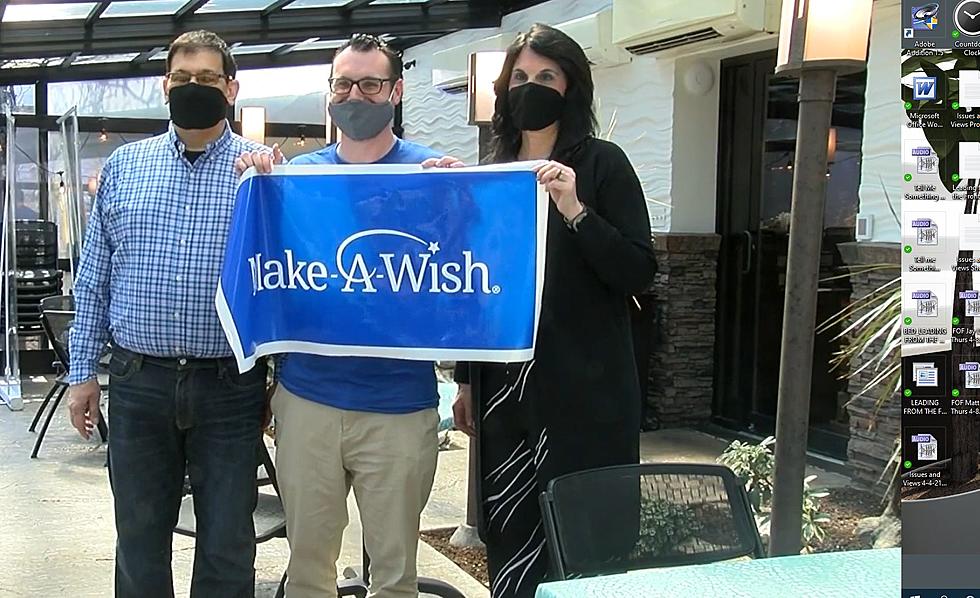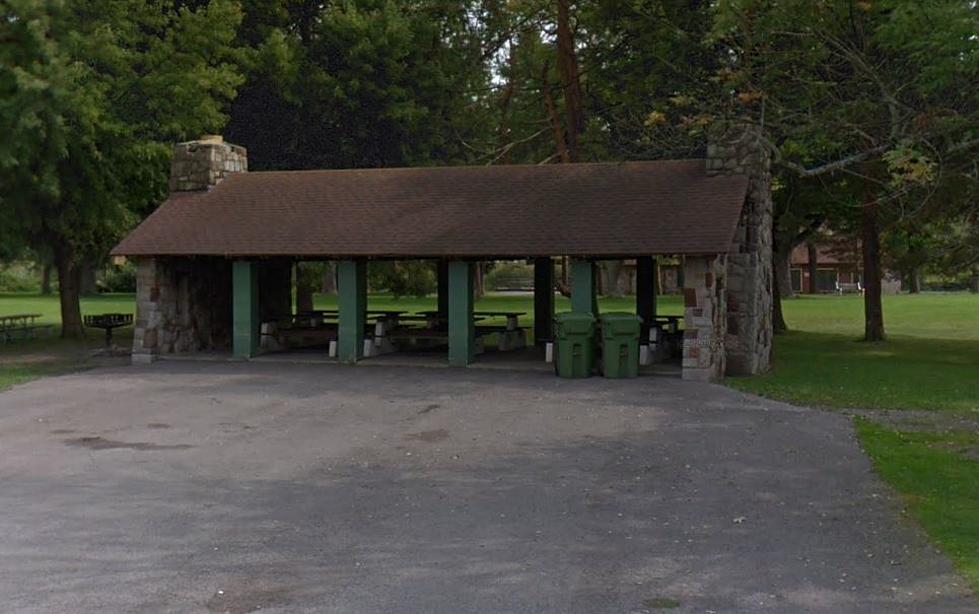
Will 2021 Be Another Active Atlantic Hurricane Season?
Last year was one for the record books when it came to tropical weather in the Atlantic Ocean. Every time you turned on the TV or went on the internet, the weather people were talking about a new tropical storm or hurricane that could potentially threaten the continental U.S. In fact, there were so many named storms in 2020 (30, an all-time record), that they ran out of names in the alphabet, and had to use the Greek alphabet to finish the year. Will this year be just as active for hurricanes in the Atlantic? Should residents on the East Coast be on the lookout?
AccuWeather has released their long-range forecast, and while the numbers aren't quite as record-shattering as last year, 2021 is still expected to be quite an active year again for hurricanes in the Atlantic. Meteorologists are predicting 16 to 20 named storms, seven to 10 hurricanes. with three to five of those expected to become major hurricanes (Category 3 or greater). If these numbers are correct, then expect another above average season. By comparison, a normal year will see around seven hurricanes total. NBC NY even furthers the predictions, by saying there is a 45% chance the East Coast will see a direct strike from the hurricane this season.
A big factor this year is La Niña. A La Niña is a phenomenon that produces cooler than average water temperatures in tropical Pacific Ocean. This affects air currents and atmospheric conditions around the globe for months. Sometimes, the effects can be quite long-lasting and severe. La Niñas can lead to snowier than usual winters across the northern U.S. as well as stormier spring and summer weather as well. The last one we experienced was in winter of 2017-18. It is not to be confused with El Niño, which is where warmer water temperatures occur in that part of the world.
Some forecasters had seen evidence that the current La Niña pattern was weakening, but if it restrengthens by late summer, then expect the number of storms to go up considerably. In July 2020, Hurricane Isaias moved ashore in the Carolinas, and proceeded to race up the East Coast, bringing damaging winds and rain to many areas across the Northeast, including the Hudson Valley. The storm caused widespread damage and power outages, with parts of New Jersey, New York ,and Connecticut being the hardest hit areas.
TIPS: Here's how you can prepare for power outages
KEEP READING: What to do after a tornado strikes
More From 93.7 WBLK


![10 Things You Had No Idea Were Invented In Buffalo [LIST]](http://townsquare.media/site/10/files/2020/04/GettyImages-3133790.jpg?w=980&q=75)






